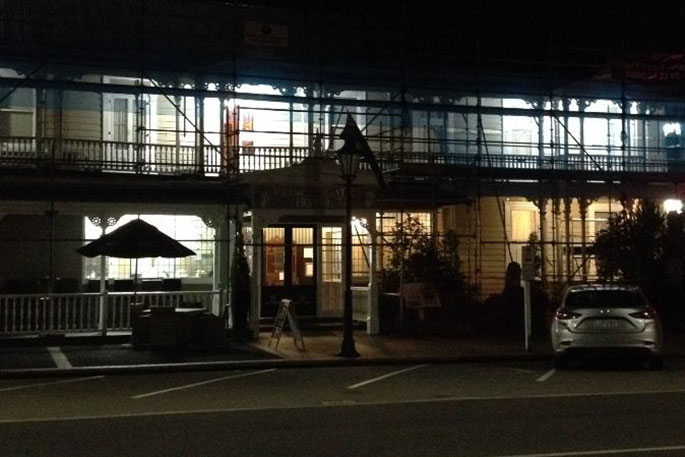Personal memoirs of the good and great in our communities are not uncommon.
In Rotorua, a fourth publication of memories has arrived for Rotorua consumption – and the latest is possibly not the last.
For nostalgia buffs, Rotorua Retro Four (43 Early Memories) is another gem, a collection of memories of early and more recent Rotorua characters.
It conveys warmth in a community which over the years has not always enjoyed an amiable press apart from its vast tourist attractions.
The articles have been fetchingly compiled by Alison Brown, with help from Neila Blackmore, at the early inspiration of centenarian Ynys [Ynys] Fraser.
One Retro volume of war stories has sold exceptionally well locally, with a wide range of experiences at the front and at home – growing up in post WW2 New Zealand and the role of women in Hitler's downfall.
Rotorua Retro Four, as the title suggests, is the fourth of a cluster of recollections of early Rotorua years – stories of a Rotorua Daily Post journalist and how the world's largest rata tree, The Phantom, was named are relevant today as they were years ago.
Rural life is not overlooked – one chapter has been supplied by Grahame Hall, a former mayor of Rotorua, who detailed his early agrarian years on Oturoa Road, having arrived from Taranaki.
We a privy to an inspection of hotels in Rotorua, a piece by the erudite Hanno Fairburn, son of the legendary NZ poet, ARD Fairburn. Hanno, who arrived in Rotorua in 1958, was taken by the old, spacious Rotorua hotels.
In those days, Rotorua hotels were built from Mamaku lumber, the Mamaku area regarded as ideal for native rimu.
Several hotels became the lodgings for kings and queens and dukes and, as we learned in the chapter about journalist Don McPherson, quality scraps for pigs. The royals were generally housed at The Grand or Prince's Gate, on the entrance into the Government Gardens. Other notable pubs were Brents and The Empire.
Community stalwart Jackie Evans has written incisively on Joan Taikato, a relatively silent worker in significant community arenas: little wonder, as Jackie was formerly a proof reader for the august NZ Herald.
Alison's book – she assumes little credit as she refers to herself as ‘compiler' – is categorised as into several classes, including Queen Elizabeth Hospital, Arriving in Rotorua, Local Personalities, About Town and …. And Country.
Nor has the battler been overlooked, for if little else Rotorua's reputation has been predicated on the grafter in society, in a town over the years steadily filleted of its inherent significance built up over previous decades by government agencies. Where once the town was the regional HQ in for example education the centre points have been shifted to Tauranga or Hamilton.
In Memories of a Working Man, George Coppard, born in 1923, recalls his inventive life – boat building in 1946; notions of electric cars, 1949; vertical windmill, 1986; extravagant pot plant holders as recently as 2006. Working class inventiveness has sprung from Kiwi ingenuity, some might say.
There beats a health heart in Rotorua to this day, and that beat has been faithfully captured in Alison's compilation.
She has now handed over the project she and Ynys Fraser initiated several years ago to Neila Blackmore.
One senses though great tales have been captured for the ages, many more are yet to be told.



0 comments
Leave a Comment
You must be logged in to make a comment.